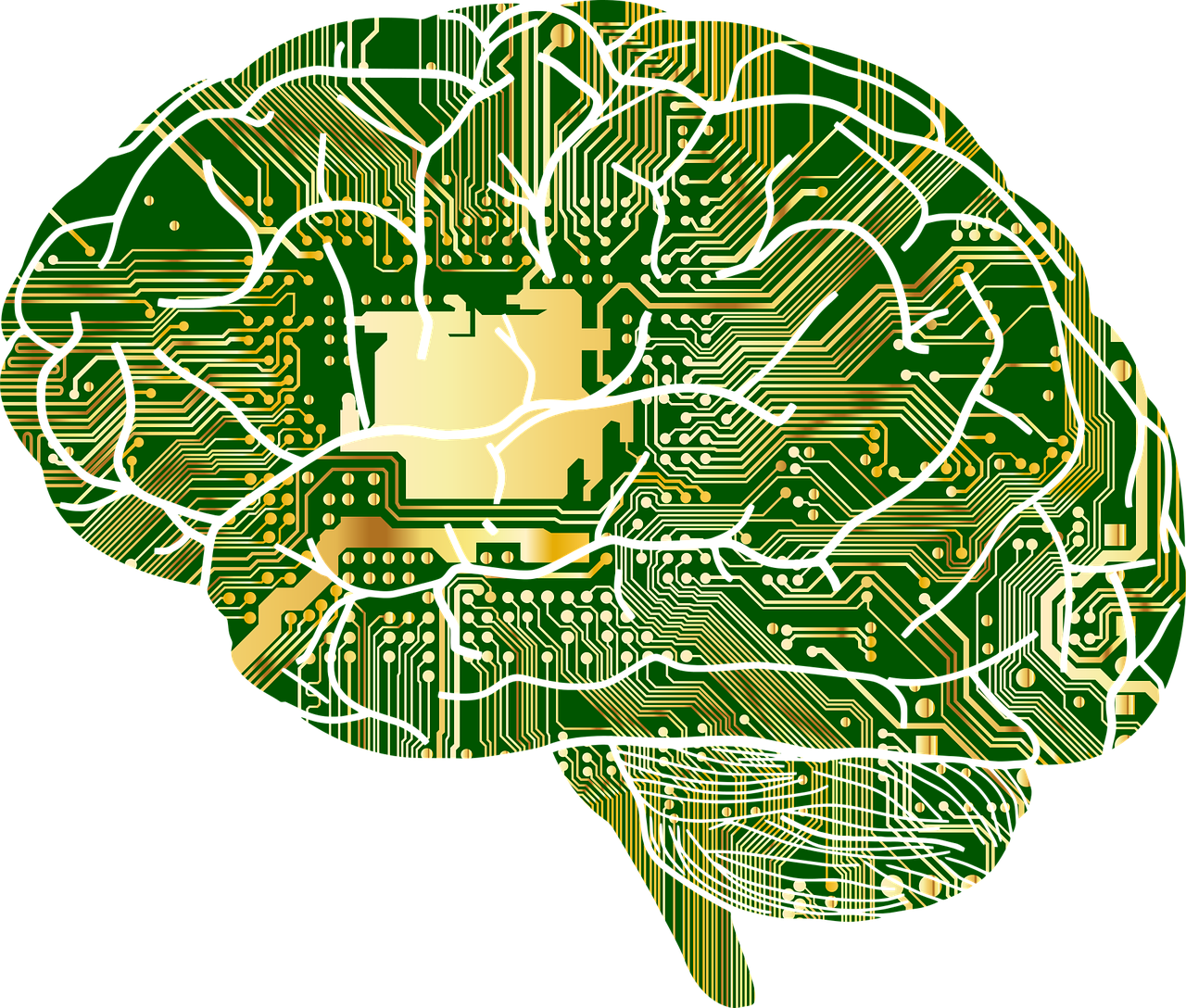I Don't Subscribe
I don't subscribe to the belief that to be nice, I must compromise my values and boundaries. Diminishing the most important parts of yourself to fit...

Eye Movement Desensitization and Reprocessing (EMDR) therapy is a psychotherapy that is internationally recognized to treat trauma and other disorders. It is a 3 prong approach that uses bilateral stimulation (bls) to target past memories, current triggers and create a future positive template. There is empirical evidence that suggests that EMDR is effective with treating trauma in individuals with disabilities and across the lifespan.
Trauma is a response to an intensely stressful event(s) or situation(s) that psychologically overwhelms you (from Psych Central). Trauma falls into categories such as: acute (single event), chronic (ongoing), and complex ( a mix of traumatic events). Trauma can further be divided into Big T traumas like car accidents or plane crashes and Small T traumas like breakups and bullying. The type of trauma informs the treatment approach. However, I look past stereotypical assumptions about how trauma should affect a person. What I need to know is does this traumatic experience affect you and to what degree. Because a problem is not a problem unless it is a problem. This is important because attempting to reprocess a trauma that is not stored in the brain as trauma will be unsuccessful.
People often express their surprise with how much a memory or present trigger impacts them. They say things like, "I thought I worked through this" or "It must still affect me because I'm crying." Well when trauma happens it not only locks in the brain. The sensations associated with the trauma also lock in the body. In EMDR therapy we call this the disturbance associated with the memory. Your nervous system uses the traumatic experience as sort of a template. Your brain develops survivor skills to help you cope with the trauma and plan for future situations. So when those sensations in your body are activated you respond with the maladaptive behaviors developed for survival. Some common areas of disturbances are the throat, chest, and head. Getting through all 8 phases of EMDR therapy reprocesses the trauma in the brain and clears it from the body.
In phase 1 of EMDR, a target list is created from memories associated with the trauma. All 8 phases of EMDR must be completed with each memory on the target list. The rate at which a person moves through the phases varies based on a number of things such as simple trauma or complex trauma, blocking beliefs, age, chronic abuse or pain, sobriety, etc.
BLS can be visual, auditory, or tactile. It crosses the brains midline to activate the brains information processing system. BLS allows experiences encoded maladaptively in memory to li with memory networks containing more adaptive information.
For clients there is no right or wrong way to do EMDR. Therefore, you do not have to worry about messing up. Therapists have no expectation of you other than to let processing naturally occur. As the brain attempts to move towards wellness you will be prompted to share new insights, memories, and feelings.
After 2 consecutive sets in which the information has not changed clinicians are to assume that processing has stopped. Blocking beliefs, feeder memories (memories from a younger age), negative cognitions, fears of changes to the memory, fears of going crazy, and secondary gains (fear of change) can block progress. This just means I need to change up my approach. I may have to use an interweave (make a statement or ask a question), change the speed, direction or style of the bls, or shift focus on the primary target. Changing the approach helps to "jump start" the brain and reignite processing.
When children get stuck it could be to a lack of access to information. The brains's frontal lobe is responsible for logic, planning, working memory, and impulse control, but this does not fully develop until our late twenties. Which means that children need access to new information. I would provide this new information in the form of a simple interweave and then continue bls.
You will be tired after sessions. Try to schedule your sessions on dates that are less demanding of you. You should also know that processing will continue in between sessions but you do not have to do anything with what is coming up. Just notice it. Use installed resources to manage symptoms, write down memories on your TICES log, or call me if the disturbance is impacting daily functioning.

I don't subscribe to the belief that to be nice, I must compromise my values and boundaries. Diminishing the most important parts of yourself to fit...

I am inviting you, to step inside my mind. Let’s take a deeper look inside me and how I see therapy. I use creative works to provoke thought (or...

If you are a no nonsense, my way or the highway parent, then chances are you are an authoritarian parent. It is your attention that I want today. I...